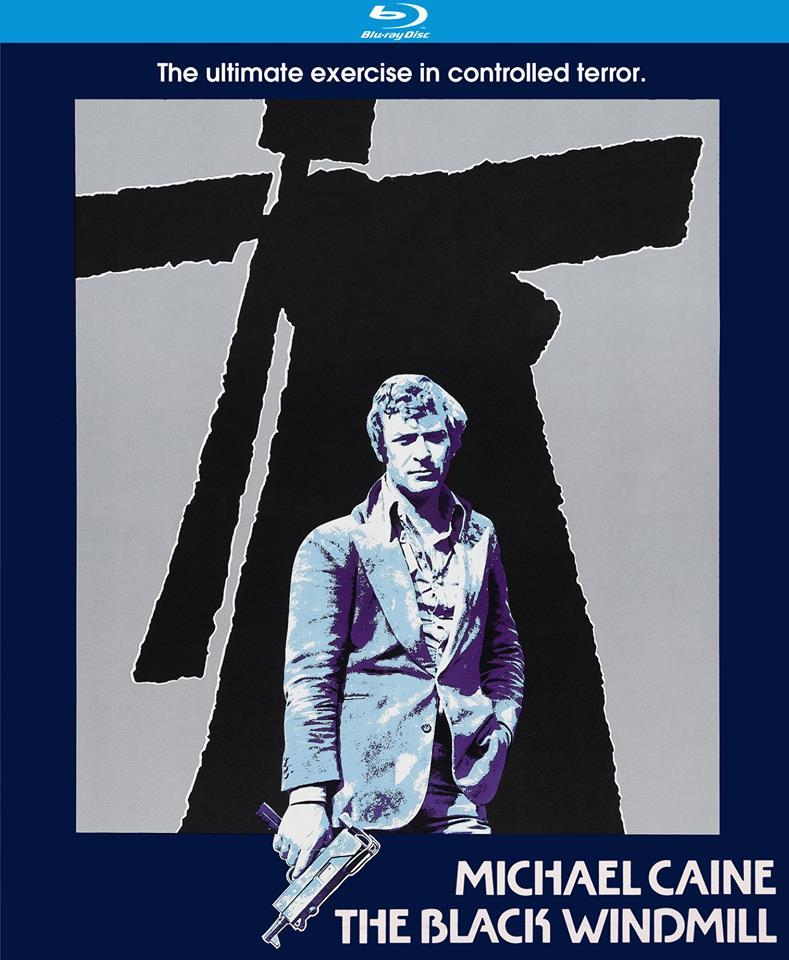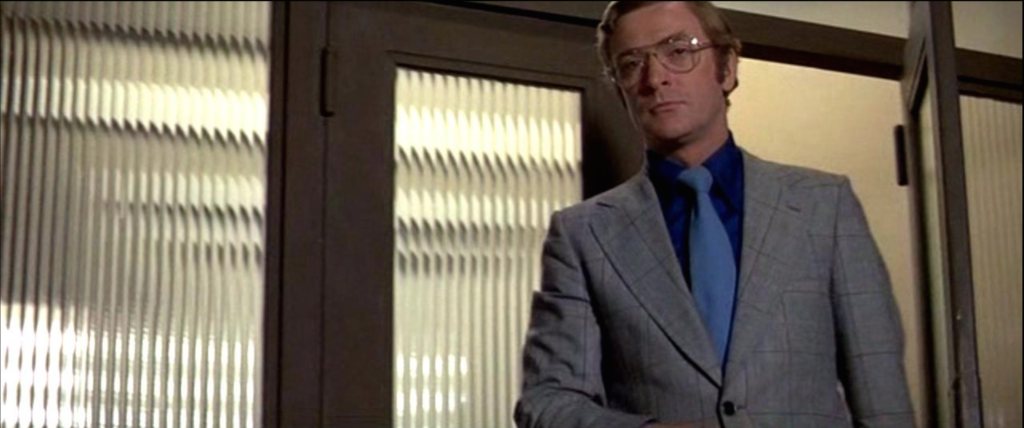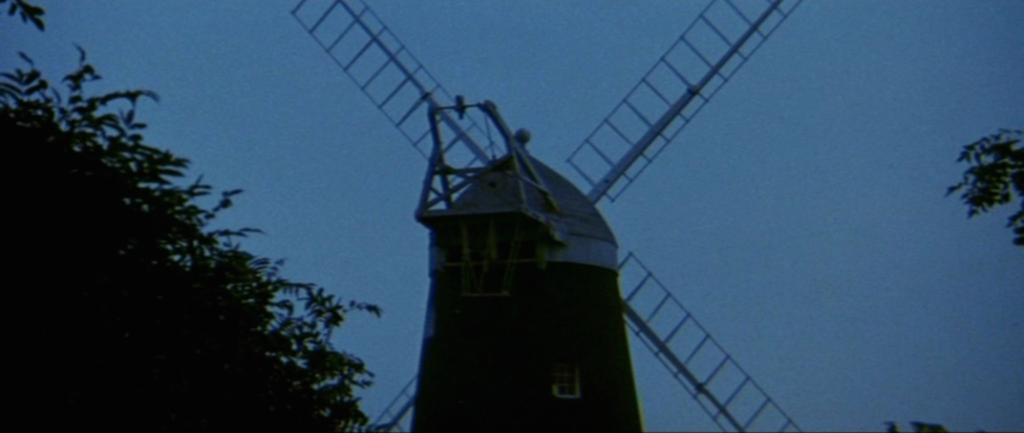Boy Is Taken, Cainesplaining Ensues
DIRECTED BY DON SIEGEL/1974
BLU-RAY STREET DATE: DECEMBER 4, 2018/KINO LORBER STUDIO CLASSICS

The production had the bad fortune to coincide with a writers strike, and it shows – the unfinished script, essentially cinched up and deemed good-enough by dependable everyman director Don Siegel, plays like a dossier with the juiciest parts redacted. We follow Michael Caine as soldier-turned-MI6-spy John Tarrant through a dilapidating plot, one that teeters on the edge of convolution from the moment you realize, rather early on, that the set-up’s not thought through: Caine’s a low-level, work-a-day spy who learns his son’s been kidnapped, only to have the kidnappers demand his boss bring them some evidence-room diamonds (supposedly to finance their further terrorist acts, though that’s never stated).
If you can try and forget that Tarrant’s character wouldn’t be needed at all if the baddies just went to his boss first, well then you still wouldn’t be able to forget that, at a certain pivotal point in the movie, circumstances force Tarrant to pull an exceptionally poor voice impersonation of his boss, Donald Pleasance, over the phone. Hearing Caine attempt to tamp down that heavy Cockney to fool his bosses, trained in subterfuge, is at once an insult to his fictional occupation and, maybe more so, his actual one.

It’s underdeveloped, story wise, but for those who live for the Venn overlap of Caine movies and gritty urban ’70s flicks, there’s a lot to nestle into. Caine to this point had done straight, serious, flip, earnest, and insolent, maybe all of them at once in the first Harry Palmer film The IPCRESS File (1965), but here he’s mostly pushing the stern, silent Get Carter (1971) persona, an all-flat expression with the patina of underworld grime and a deep anger molding out of the walnut shells around his eyes.
It’s just shy of Get Carter revisionism that everyone in Tarrant’s life gets their chance to tell him what an emotionless robot they think he is, especially in the face of this most primordial of slights, to the point that while the plot is content enough to be all about the lengths Tarrant goes to rescue his son, the actual story is how long he’ll go before blowing his top – and because it’s Caine, and Caine’s preternaturally able to get us on the side of his smoldering rage, the whole cliché-encased thing evolves into a kind of fun. When he finally does go full Neeson inside the titular windmill where his son’s been stashed, we completely saw it coming, and anticipated it with glee.

As detailed in the disc’s commentary by Mike Siegel (no relation to the film’s director) and, anecdotally, in an interview with cinematographer Ousama Rawi, The Black Windmill was a huge bomb for executive producers Richard Zanuck and David Brown, who learned to regret their assumption that the popular Michael Caine, in a popular genre, steered by a director of several popular hits (including then-recent Dirty Harry [1971]) would mint cash. Lucky for them, this lament happened to fall on the same bit of the production calendar that saw a looming cash cow in the form of a runaway shark in the promising Jaws-to-screen adaptation.
Meanwhile, Caine’s next decade was a stop-start mixture of forgettable layovers and Oscar noms, awkwardly culminating in gratuitous negative acclaim for his appearance in, as fate would have it, the third Jaws sequel (Jaws: The Revenge, 1987) – a turnabout linkage only possible on the downswing of the windmill blade.

